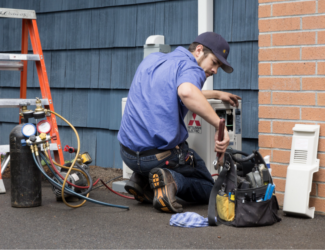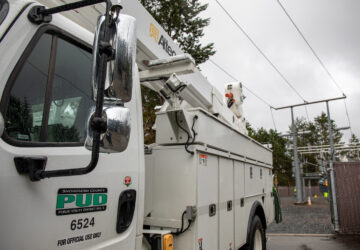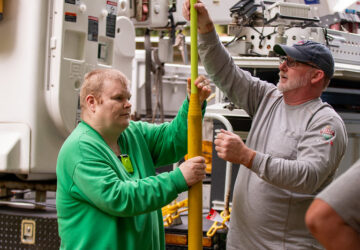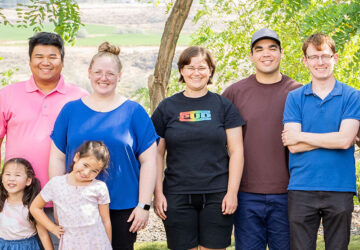
Preparing for Storms
< All Stories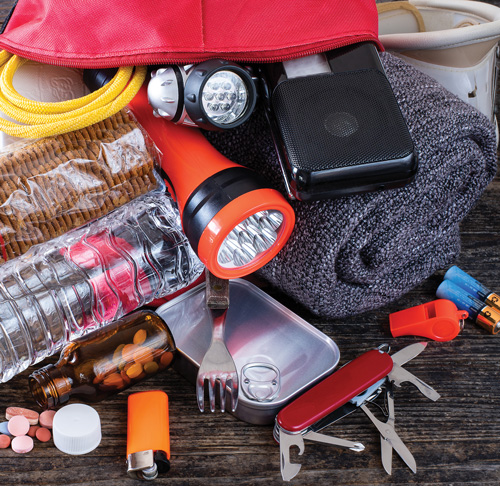
The sunsets are getting earlier and the temperature is getting (ever so slightly) cooler which can only mean one thing: fall is almost here!
As the leaves change colors, fall also ushers in the unofficial start of what is often the busiest time of the year for us here at the PUD: storm season.
The PUD works all year to prepare for storm season. We monitor National Weather Service briefings, attend (and provide) trainings, stock our warehouses and trim up to 750 line miles of vegetation annually to minimize the falling of trees and branches.
We also review and finalize our Mutual Aid agreements. The PUD has Mutual Aid agreements with public power utilities across the Pacific Northwest. These agreements allow us to access assistance from other utilities when we’re impacted by major winter storms, which allows us to get power back more quickly for customers. The PUD received assistance from utilities across Oregon and Washington during the major windstorm we experienced last November.
As part of these agreements, we also send help to other utilities when assistance is requested. Hours that are worked are paid for by the utility receiving the assistance. Recent examples of the PUD providing mutual aid include assisting Guam in their recovery after Typhoon Mawar and assisting Willamette Valley utilities restoring power after wildfires.
We consider getting ready for storm season a year-round job but there are ways you and your family can prepare for the upcoming storm season too! The biggest thing is to make an emergency preparedness kit. Items in your kit should be sufficient to get you through a three-to-five day outage, and include items such as:
- Non-perishable food
- Blankets and pillows
- Flashlights
- Extra batteries
- First-aid kit
- Bottled water
- Personal hygiene supplies
- Prescription medications
- Games and books for entertainment
- And enough supplies for your pets for three to five days as well.
Once a storm hits, that’s when it’s time to jump into action! First off, stay informed. Follow us on X (formerly Twitter) and Facebook and check local media for updates.
It’s also important to have a backup plan. Designate an out-of-area contact to help with communicating and have an alternate meeting place for your family. If you have special medical needs, consider a backup generator or have another place to stay.
While the outage is still going, protect food by keeping your refrigerator and freezer doors closed as much as possible. NEVER use a gas stove or charcoal grill indoors because of the risk of carbon monoxide poisoning.
Finally, have extra batteries for flashlights and always use extreme caution if you use candles or oil lamps. Never leave them unattended and keep them away from furniture, drapes and other flammable materials.
REMEMBER: it is never safe to approach a power line that is on the ground. You don’t even have to touch a fallen line to be electrocuted, which can be fatal. Always stay at least 30 feet from the power line and call the PUD immediately, any time of day, at 425-783-1001. If the fallen line is life-threatening – for example, causing a fire, sparking or touching an occupied car – also call 911.
Together we can help each other stay safe and get through another wild winter in the Pacific Northwest!



